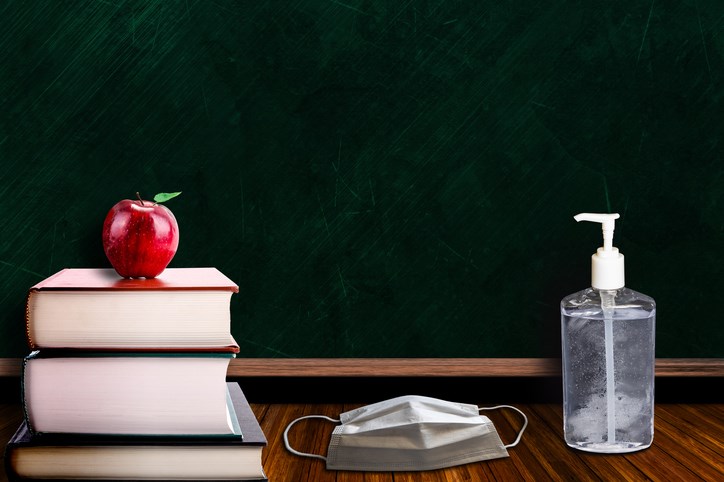Got questions about how to cope with back to school in the midst of the COVID-19 pandemic? They’ve got answers.
Fraser Health has just launched its new online back-to-school resources for parents and teachers.
“While the return to school is traditionally an exciting time for parents, teachers and students alike, this year people may have questions about the public health measures that are being taken to support the return to in-classroom activities,” said Dr. Ingrid Tyler, Fraser Health medical health officer, in a press release.
Tyler said public health is continuing to work closely with school districts and the Ministry of Health and Ministry of Education to support students in their return to school.
“We encourage everyone to continue protecting themselves and others by staying home when you’re not feeling well, maintaining appropriate physical distance, washing your hands frequently, and keeping your social circle small and consistent,” she said.
The new back-to-school resources include a COVID-19 Q&A page, as well as a video Q&A featuring Tyler talking about how COVID-19 will impact the classroom environment.
Parents can head to the Q&A page to find answers to questions about safety in schools and what happens if there’s COVID-19 exposure in a school.
HIGHLIGHTS FROM THE Q&A PAGE
What safety measures are being put in place to prevent transmission of COVID-19 in schools?
For specific details about your child’s school, please refer to your school district’s COVID-19 plan.
In general, schools throughout our region are implementing the following key measures:
- Increased cleaning and disinfection (supported by additional funding),
- Cohorts to reduce the number of in-person and close interactions,
- Physical distancing, staggered schedules, managed flow in school buildings, increased time outside,
- Increased hand hygiene, daily health checks, limited non-essential visitors.
- Non-medical masks in high-volume areas of the school building, and ensuring no one attends school when they are ill.
What happens if there is a COVID-19 exposure in a school?
In the event of a confirmed COVID-19 exposure in a school:
- The school district, school and parents will be notified that an exposure occurred.
- The classroom, learning group or cohort may be asked to self-monitor for signs and symptoms.
- Close contacts will be identified by public health and asked to self-isolate
How will the return to school impact community transmission?
Children can get COVID-19 and experience symptoms, but they are not the primary drivers of this epidemic.
Keeping transmission low in the community relies on maintaining small, familiar groups; avoiding close contact outside the household; washing hands frequently and self-isolating at the first sign of any COVID compatible symptoms.
What do I do if I receive a notice that there has been an exposure at my child’s school?
The exposure notifications Fraser Health provides are very important in informing people they should be on high alert for following up on any new or different symptoms they are experiencing, even if mild.
If you get a notification through a school or other setting – the setting itself is safe – the exposure has passed but you need to be on alert for 14 days to minimize the risk of spreading the disease.
(Source: Fraser Health COVID-19 Q&A)
For the full Q&A, check out Fraser Health’s website here.



